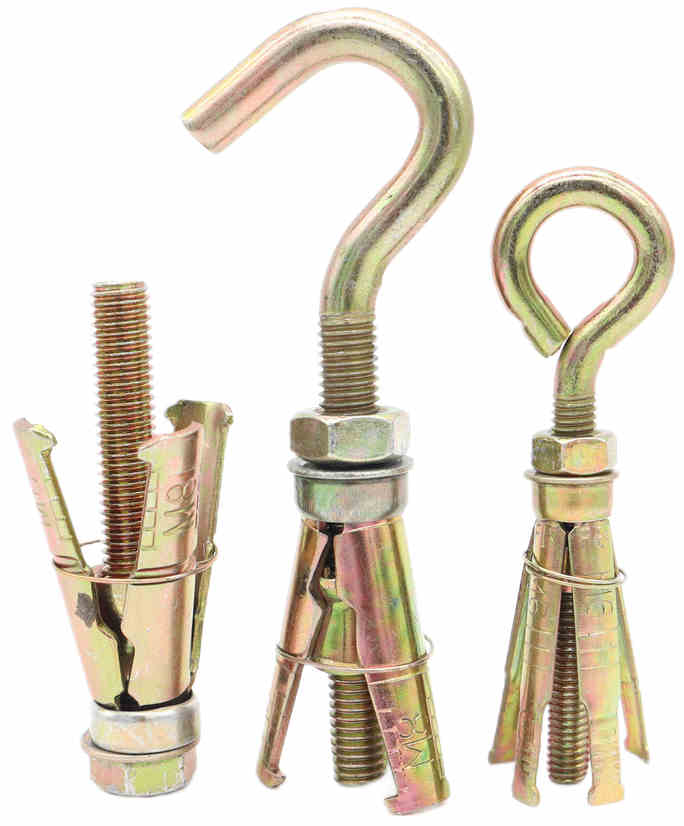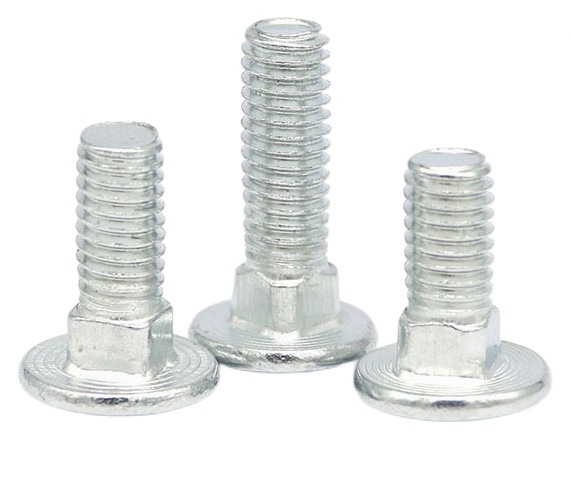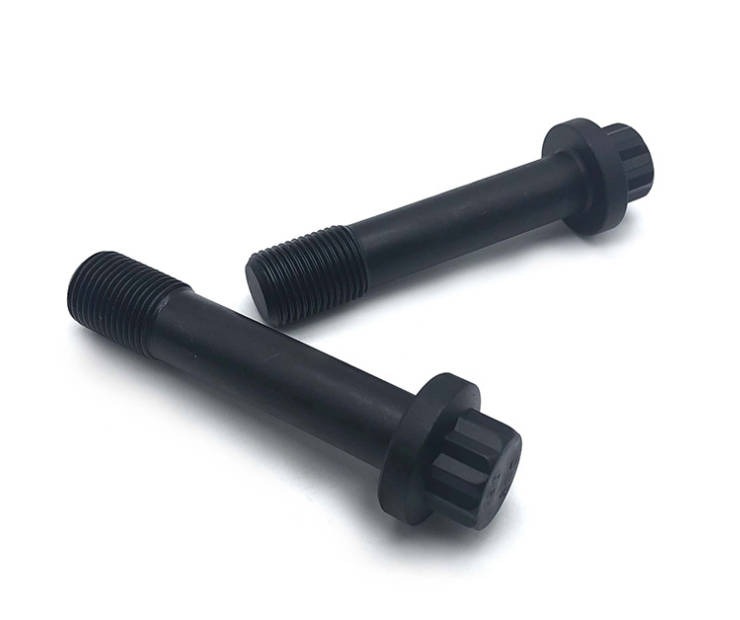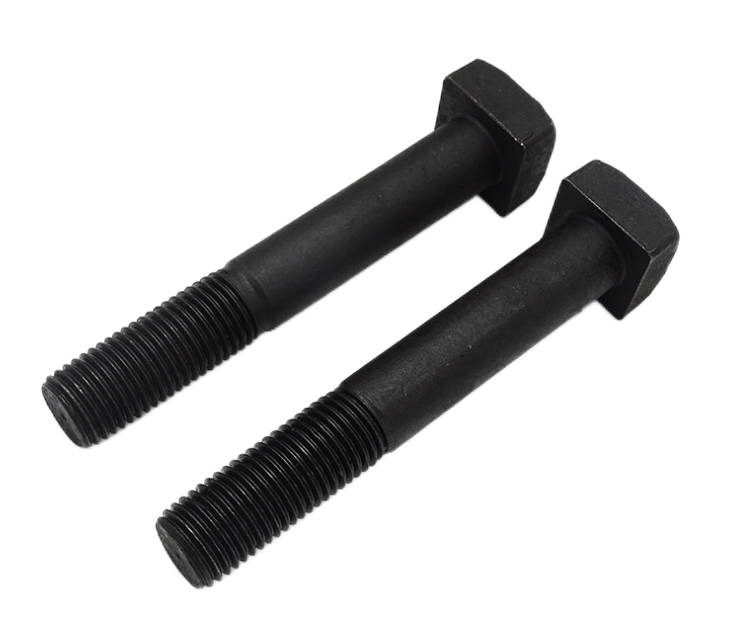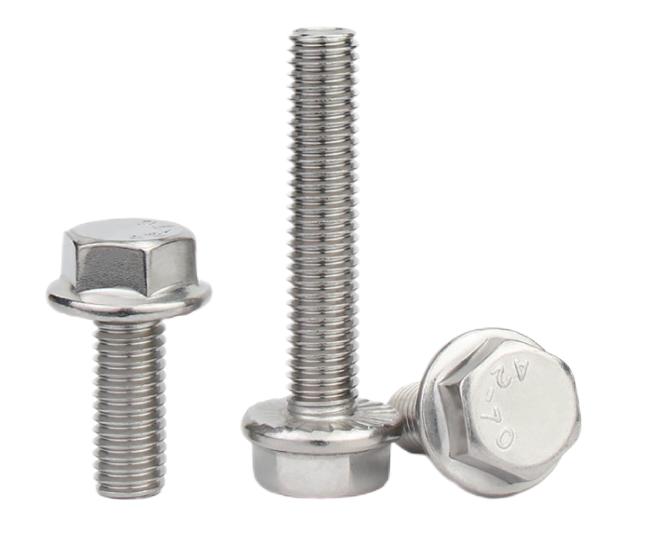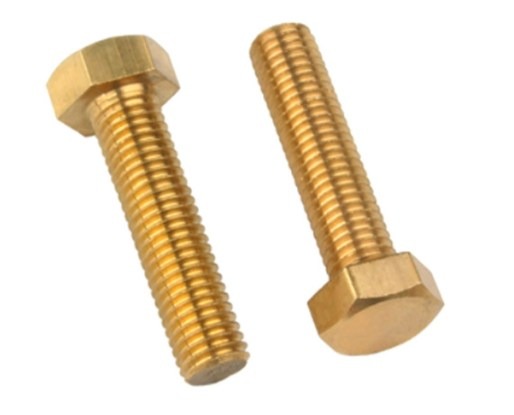How to Drill into a Stud Safely and Efficiently?
Drilling into a stud is a necessary skill for any DIY enthusiast or homeowner. Drilling into a stud guarantees a strong and durable attachment, whether you’re hanging a large mirror, installing a bookcase, or mounting a television. In this article, we’ll focus on the topic of how to drill into a stud safely and efficiently, providing you with a comprehensive guide to a step-by-step process.
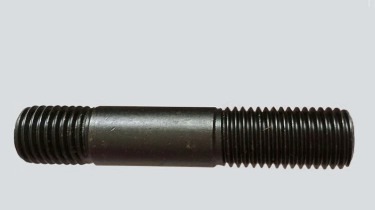
Prepare Your Tools and Workspace for Drilling into A Stud
Collect all of the materials listed as follows. To avoid disruptions during the operation, make sure your power drill is charged or has new batteries. Clear the space surrounding the wall where you’ll be drilling, removing any impediments to your job.
Materials Needed
- Stud finder
- Pencil or marker
- Power drill
- Drill bit suitable for the size of the screw or anchor you’ll be using
- Tape measure
- Level
Locate the Stud for Drilling into
Slide a stud finder across the wall until it detects the existence of a stud. When a stud is detected, most stud finders will make a sound or light up. Mark the edges of the stud with a pencil or marker. To ensure accuracy, move the stud finder horizontally along the wall to locate the stud’s entire width.
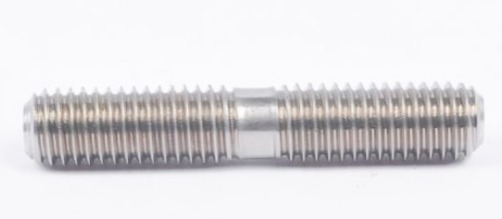
Measure and Mark the Point for Drilling into A Stud
Determine the Mounting Location
Choose a location for your item to be installed or hung on the wall. If necessary, use a level to ensure that it is straight and aligned with other objects or fixtures nearby.
Measure the Desired Height
Measure the distance from the floor or any reference point (such as the top of a piece of furniture) to the position where you want the center of your object to be with a tape measure. Make a note of the measurement for future reference.
Find the Stud Center
Locate the middle of the stud where you want to drill based on your measurements. When aligning many objects horizontally, make sure to precisely measure the space between each item.
Mark the Drilling Point
After locating the stud center, draw a small, light mark on the wall with a pencil or marker. For better visibility, use a pencil on light-colored walls and a marker on darker walls.
Double-check Measurements
Check your measurements and markings again before drilling. Make sure the mark is straight and at the correct height by using a level. Also, if necessary, double-check that the drilling point coincides with other items or fixtures in the room.
Consider Offsetting the Hole
If you’re using a larger anchor or screw, you may want to slightly offset the drilling point, closer to the stud’s edge, rather than drilling straight in the center. This can increase the stability of heavier goods.
Use Masking Tape
To prevent unintentional wall damage, apply a small piece of masking tape over the drilling site. The tape can assist prevent drywall crumbling or splintering while drilling.
Set up the drill
Insert the drill bit of your choice into your power drill. Ensure it is securely attached before proceeding.
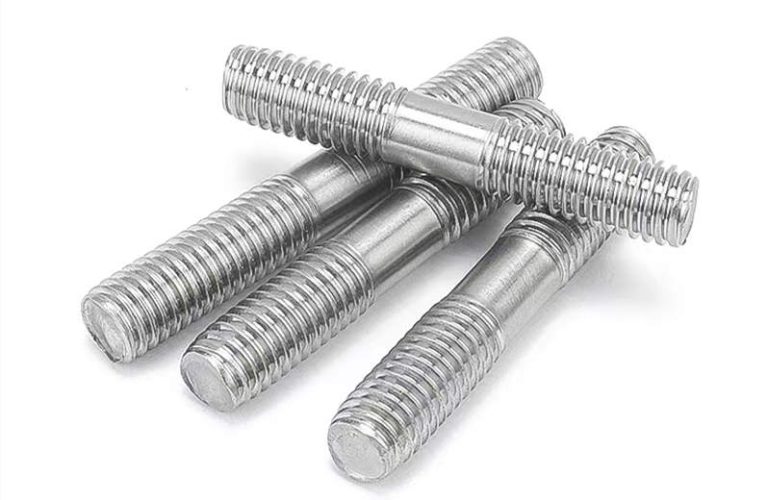
Process of Drilling into A stud
Place the drill bit’s tip precisely in the designated position. As you begin drilling, keep the drill perpendicular to the wall and apply steady, equal pressure. To avoid breaking the stud or allowing the drill to slip, choose a medium speed setting.
Check the depth
Drill to the appropriate depth, which should be somewhat longer than the length of the screw. Wrap a piece of tape around the drill bit at the specified depth as a visual guide to prevent over-drilling.
Insert the screw or anchor
Remove the drill bit from the hole after drilling and be ready to insert the screw or anchor. If you’re using a screw, insert it into the hole clockwise until it’s securely fastened in the stud. For screw anchors, gently tap them into the hole with a hammer until they are flush with the wall.
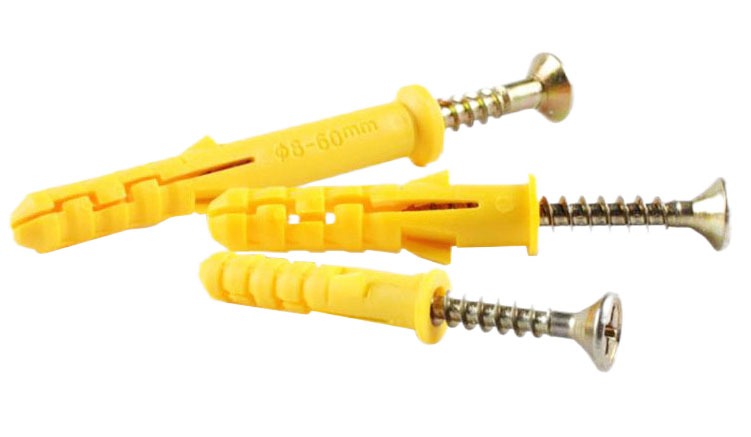
Check for stability
Once the screw or anchor is in place, gently tug on it to ensure it is securely fastened to the stud. You’ve effectively drilled into the stud if it stays stable.
Summary
Drilling into a stud is a necessary skill for any DIY project requiring wall fittings or hefty things. You can assure a safe and stable installation by following our step-by-step guide and taking the time to precisely identify the stud. Always emphasize safety, use suitable instruments, and proceed with caution to achieve consistent success.

